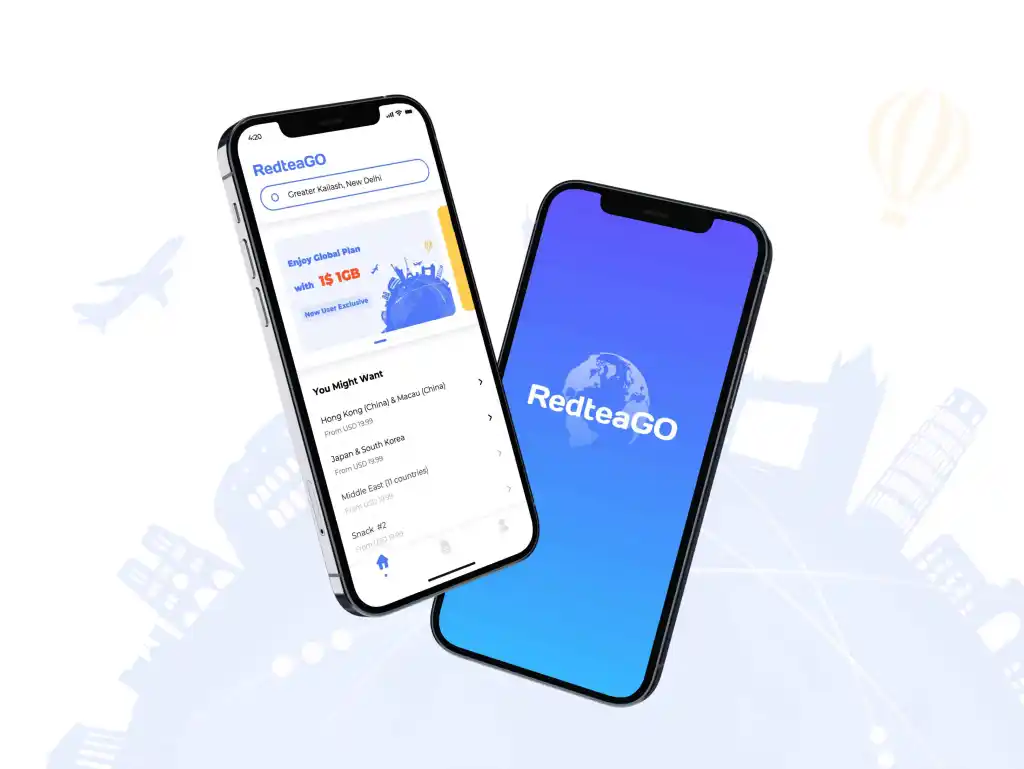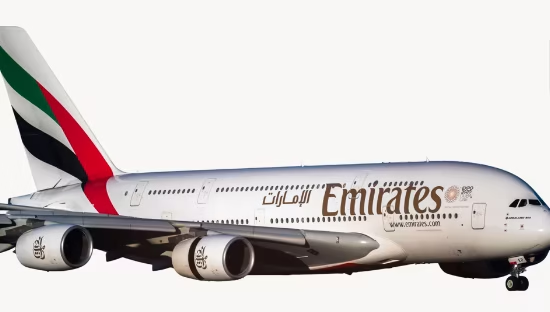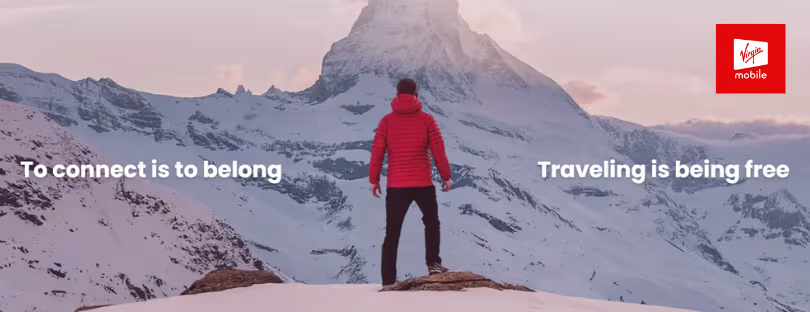
Do You Research Local Mobile Networks Before Choosing an eSIM? Most People Don’t
I’ve lost count of how many times I’ve heard this story from travelers:
“I landed, my eSIM activated instantly, and then… nothing worked. Maps wouldn’t load, WhatsApp messages came hours late, and the hotel Wi-Fi became my lifeline.” travel eSIM network choice
It’s not that they didn’t have data. It’s that their shiny new eSIM locked them onto the wrong local network — the one with patchy coverage, dead zones in the countryside, or “5G” that’s basically just 4G in a different outfit.
So I ran a poll to find out: do people actually research which network their eSIM will connect to before buying? Or do they just trust the brand and hope for the best?
628 travelers answered. The results? Let’s just say the travel eSIM market has a transparency problem — and the numbers reveal exactly why it’s going to get worse before it gets better.
The Numbers: A Snapshot of eSIM Buying Behavior
Here’s what the poll told me:
- I didn’t know I could choose networks – 0%
- Sometimes – 18.18% (114 people)
- Yes, always – 27.27% (171 people)
- No, I just pick a popular eSIM – 54.55% (343 people)
Read that again — zero percent didn’t know you could choose networks. Awareness is not the issue here. But over half of travelers still skip that step entirely, picking based on brand recognition instead of coverage, speed, or reliability.
That gap between knowing and doing? That’s where this gets interesting.
Why Travelers Default to “Popular” Instead of “Best Network”
The average eSIM buying experience is built for speed — not for depth.
When you land on most eSIM stores, you’re shown the country name, data allowance, validity period, and price. The actual network? Often buried in the FAQ, hidden in the fine print, or not mentioned at all.
Even if you wanted to compare networks, you’d have to:
- Check the plan details.
- See which operator(s) it uses.
- Cross-reference with coverage maps or performance tests.
- Hope the seller hasn’t given you vague info like “connects to top local networks.”
By that point, most people have already clicked “buy now.”
So it’s not that travelers don’t care about performance — it’s that the industry doesn’t make it easy to care.
Why Local Network Choice Still Matters in 2025
Here’s the thing: not all networks are created equal.
Opensignal’s Global Mobile Network Experience Awards keep proving that performance gaps between operators in the same country can be huge. One might dominate in download speeds and 5G availability, another might crush it in reliability and rural coverage.
If you’re in Tokyo for a week, you might care most about blistering urban 5G speeds. But if you’re road-tripping through rural Spain, you want the operator with the best low-band spectrum coverage so your navigation doesn’t drop mid-mountain.
And if you’re working remotely? You’ll care about uplink performance — which almost no marketing page ever mentions, but which can make or break your Zoom call.
The Market Is Growing — and So Is the Problem
According to Juniper Research, travel eSIM users will jump from around 40 million in 2024 to over 215 million by 2028 — that’s a 440% surge in just four years.
Apple lit the match by making the iPhone 14 in the US completely eSIM-only. More devices are following suit. That means travelers won’t “try” eSIM anymore — they’ll just use it, because physical SIM slots are disappearing.
Here’s the kicker: as more non-tech-savvy travelers enter the market, the “brand-first” buying habit we see in this poll will only spread. If nothing changes, we’re heading toward an eSIM world where the majority of people never check the underlying network — and that will lock a lot of travelers into mediocre connectivity.
Europe’s Lesson: Free Roaming Doesn’t Mean Equal Performance
Many European travelers lean on the EU’s Roam Like at Home policy, which removes extra charges for using your domestic plan across EU countries. It’s great for your wallet, and it’s extended until 2032.
But it doesn’t magically make all networks equal. Your home carrier still partners with one or two local operators—and they might not be the best choice in that market. The regulation fixed price differences, not performance differences.
So even in Europe, operator choice still matters. If your roaming partner is the “cheap but cheerful” network in that country, you’ll feel it the first time your train goes through a coverage dead zone.ravel eSIM network choice
How Brands Became a Shortcut for Trust
The 54.55% who just “pick a popular eSIM” aren’t making a random choice—they’re outsourcing trust.
Big-name eSIM providers have built reputations for smooth activation and reasonable pricing. In the absence of clear network performance data, that brand trust acts as a stand-in for quality.
The problem? A well-known eSIM brand might connect you to a great network in one country and a mediocre one in the next. Without transparency, you won’t know until you’re already on the ground.
Where the Industry Needs to Go Next
If eSIM providers want to convert brand-first buyers into informed, loyal customers, they need to:
Make the network visible — Show the primary local network(s) for each plan on the product card. Add basic performance stats from independent sources like Opensignal.
Offer multi-network profiles — In destinations with patchy coverage, allow automatic switching between networks and clearly list which ones are included.
Sell results, not specs — “Fastest urban 5G in Seoul” will mean more to a traveler than “5 GB for 15 days.”
Perfect the activation process — If setup is smooth, customers will come back — even if they didn’t research the network.
Practical Shortcuts for Travelers
Until the market catches up, here’s how you can avoid a connectivity headache:
- City break: Pick the network with the highest 5G availability and download speeds.
- Road trip: Prioritize rural coverage and reliability.
- Work trip: Look for strong uplink performance for calls and uploads.
- EU travel: Even with free roaming, check which local network your plan uses.
Conclusion about travel eSIM network choice(s)
This poll doesn’t show a knowledge gap — it shows an effort gap. Travelers know they can choose networks, but the buying process is built to make them ignore it.
As eSIM adoption explodes, this pattern will only intensify unless the industry puts network choice front and center. Independent performance data exists. Sellers just need to use it — and make it effortless for buyers to see and act on it.
Because here’s the truth: the difference between an average trip and an amazing one might be nothing more than a three-letter operator code hiding in the fine print.
This is new poll:
Sources: Opensignal Global Mobile Network Experience Awards & country reports; GSMA Intelligence eSIM UX analysis; Juniper Research travel eSIM forecast; EU Roam Like at Home framework (extended to 2032).










